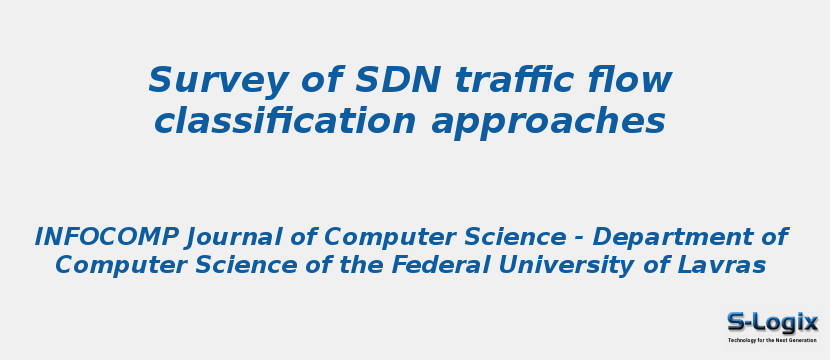Research Area: Software Defined Networks
Software-Defined Networking (SDN) is a flexible architecture approach to networking, offering versatility in the degree of control operators may choose to have of their networks, be it with custom-made off the shelf components or customized made-to-order network elements [28]. As the demand for cloud based applications are on the rise, SDNs also need to undergo modifications to suit the hosted application needs on a dynamic time frame. A key component of managing these changes is effective Traffic Engineering (TE) of the flows typically experienced in normal operational scope of the data center network (DCN). Primary interest of an operator would be to ensure SLA adherence of all applications hosted in the network. This would include effective classification of application flows and their appropriate routing, so that there is no loss of data and connectivity. In this paper, a survey of various mechanisms for traffic flow classification has been summarized with an aim to provide an overview for the beginners in SDN TE research area. The approaches are also evaluated against multi-dimensional parameters to aid operators in opting for the best possible TE approach according to their network needs. Recent advances in switch software and hardware development have also been considered to provide a holistic overview to researchers in this field.
Keywords:
SDN
Traffic Engineering
Flow Classification
Author(s) Name: Uday Deshpande, Mr. Rajesh N,Mr. Shashank D
Journal name: INFOCOMP Journal of Computer Science
Conferrence name:
Publisher name: Department of Computer Science of the Federal University of Lavras
DOI:
Volume Information: Vol. 20 No. 1 (2021): June 2021
